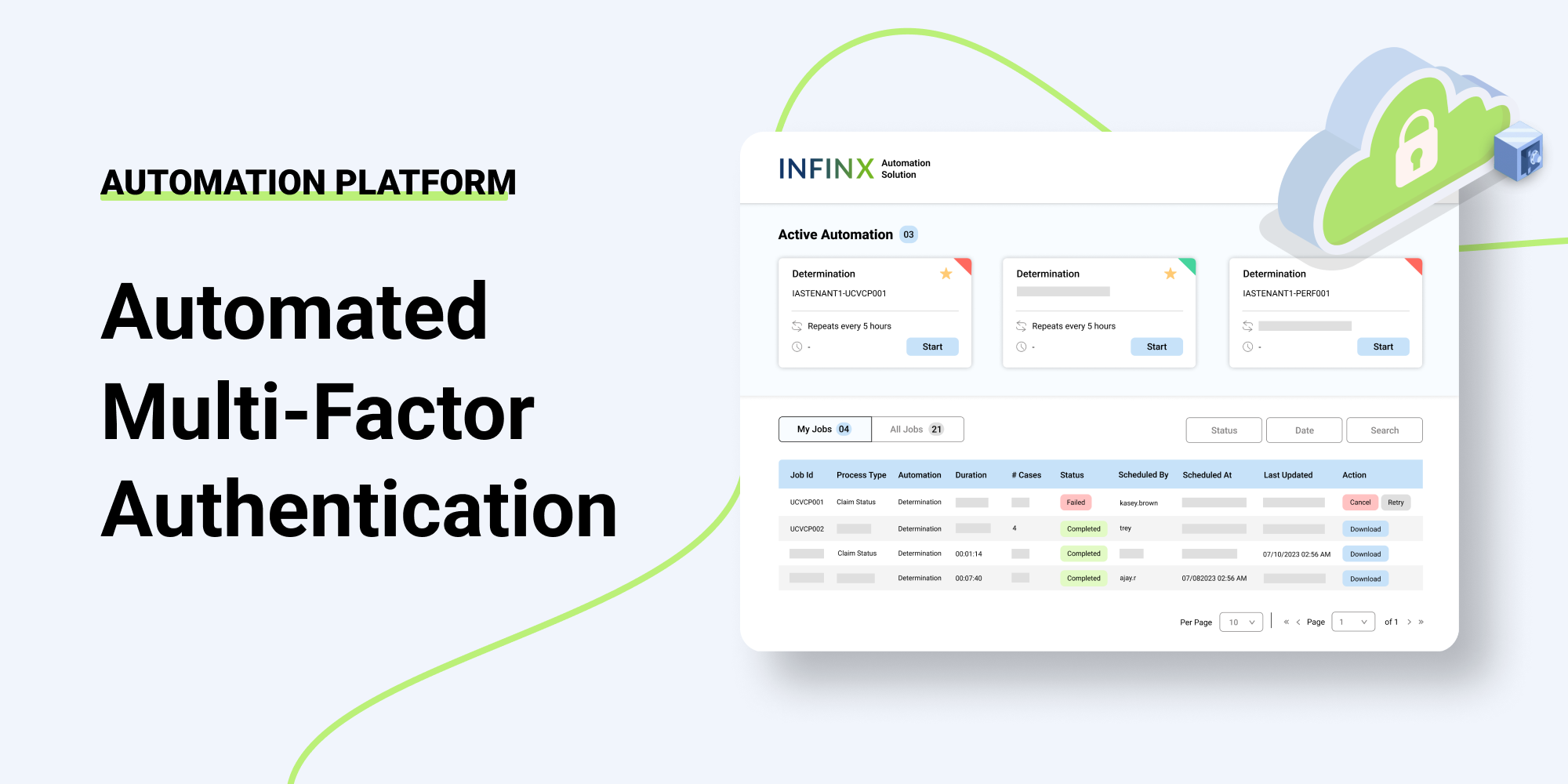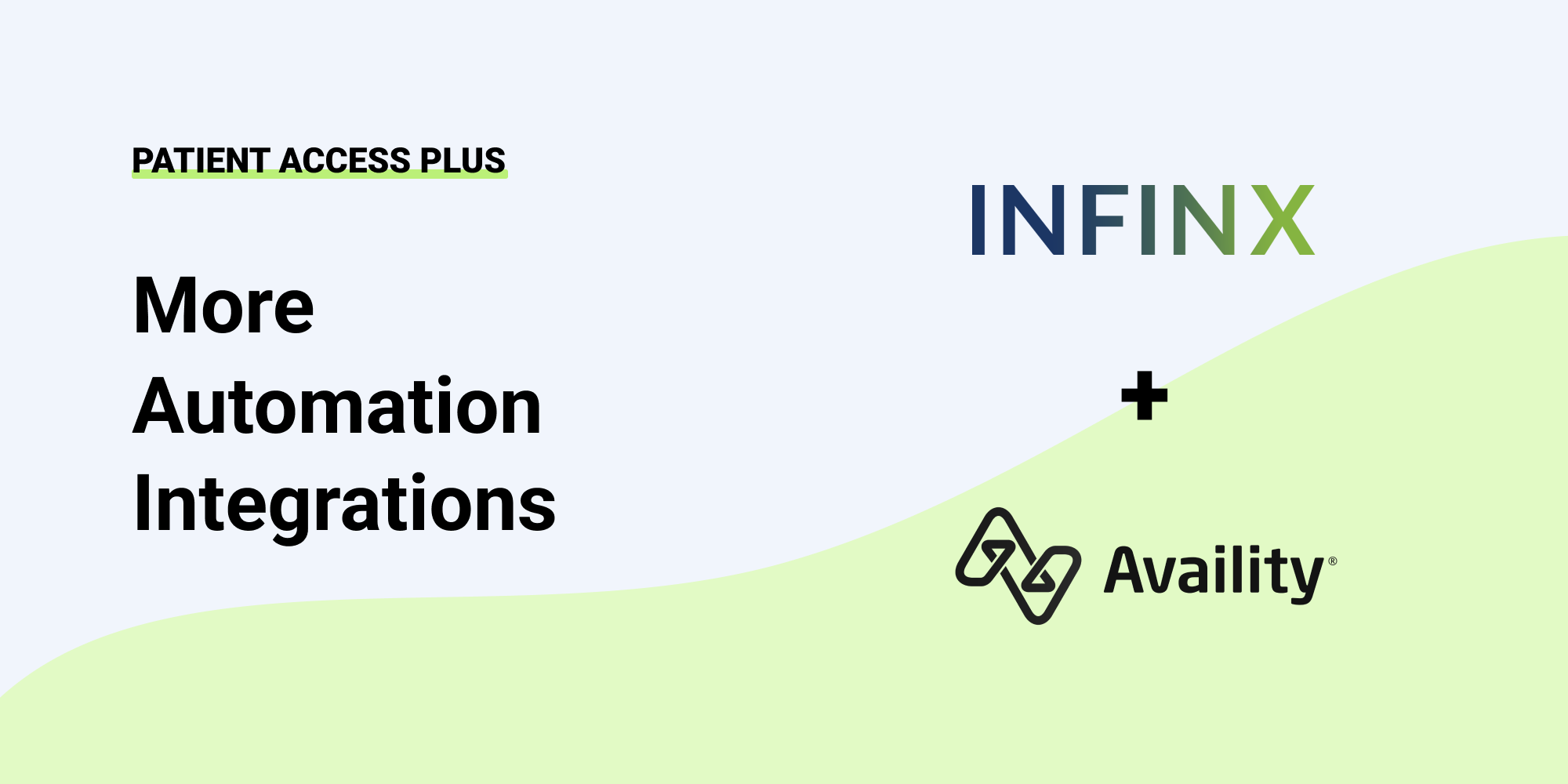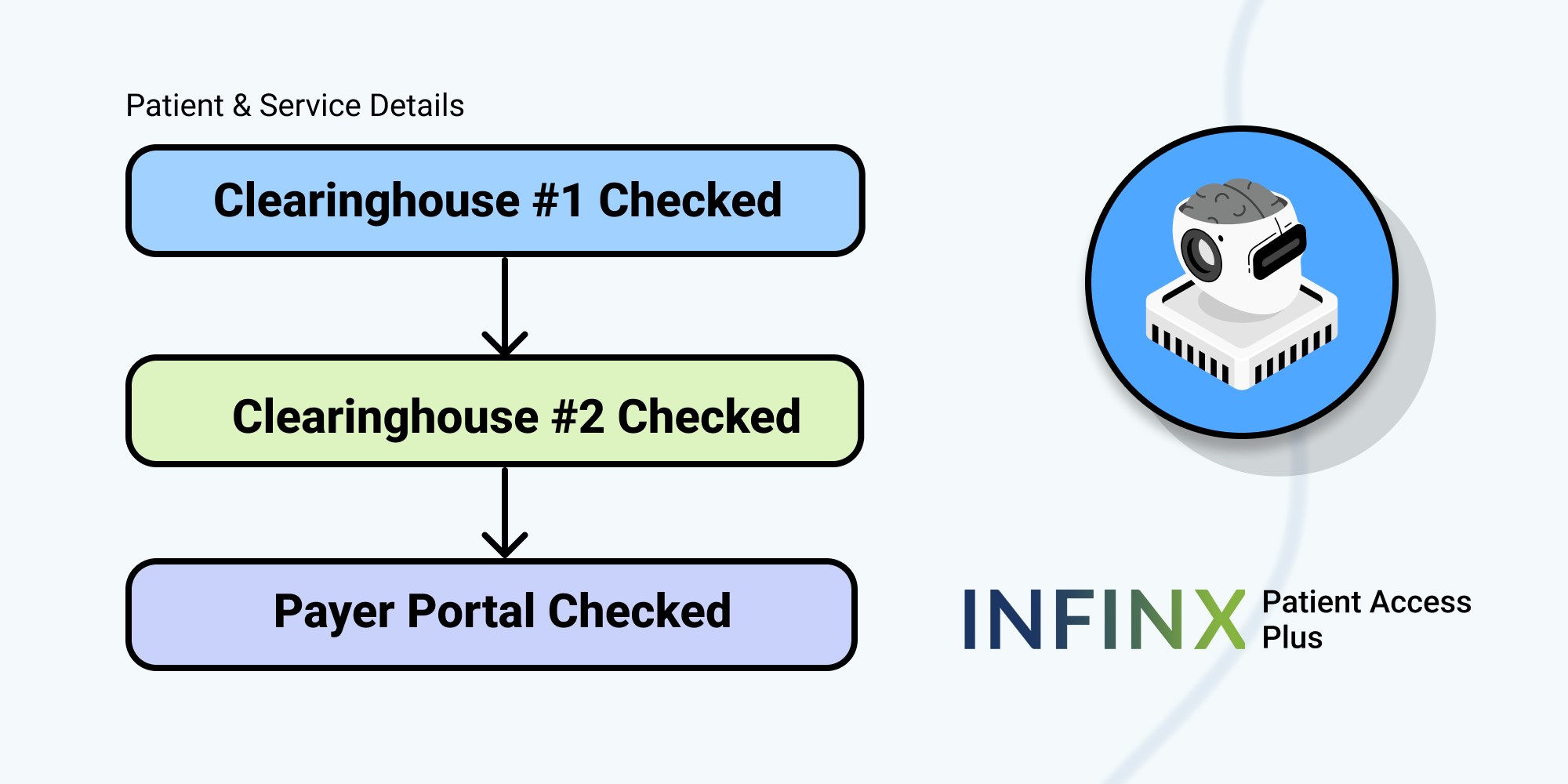Prior authorization is a part of the health care cost-control process that requires providers to obtain approval from health insurance companies (payers) before providing a service so that they may qualify for payment. Prior authorization approvals are currently the bugbear of healthcare providers, hospitals, health insurance providers, and patients. Prior authorization in healthcare is repetitive, creates a tremendous administrative burden, and varies widely depending on each payer. In this blog, we examine recent efforts on behalf of the American Medical Association (AMA) and several big payers to address and improve the prior authorization process.
The Burden of Prior Authorizations
An AMA survey found that healthcare offices send an average of 37 prior authorizations per physician a week, which totals 16 hours of staff time. In turn, this can disrupt a patient’s continuity of care. More than one-third of physician offices have to employ a person exclusively to process prior authorizations alone. More than 90% of the physicians stated that prior authorizations in healthcare delay patient care sometimes or even always.
AMA Healthcare Reform by Consensus
Many healthcare industry leaders believe that the first step in improving the prior authorization process would require a consensus among all stakeholders. This collaboration can formulate solutions, process improvements, and reduce or eliminate unnecessary administrative burdens. The American Medical Association (AMA) has taken the lead in this regard, by teaming up with Anthem, Inc. to streamline prior authorization in healthcare requirements and improve the overall experience in healthcare for providers and well as the payers.
This initiative will hopefully help the stakeholders find common ground to deliver affordable, patient-centered, high-quality healthcare. The AMA, In a consensus statement issued with the American Hospital Association (AHA), America’s Health Insurance Plans (AHIP), American Medical Association (AMA), American Pharmacists Association (APhA), Blue Cross Blue Shield Association (BCBSA), and Medical Group Management Association (MGMA), say they plan on working together to:
- Conduct selective application of prior authorization by differentiating based on specific quality measures and adherence to evidence-based medicine or contractual agreements. By applying specific criteria on the basis of prescribing or ordering patterns which align with evidence-based guidelines, selective application of prior authorization can be carried out. This strategy can help to target prior authorizations to where they are most needed.
- Establish a prior authorization program review with volume adjustment that will help to identify therapies and devices which are outdated and do not require prior authorization either due to low utilization or low prior authorization denials. Regular reviews can also help to identify newer therapeutic modalities and devices requiring prior authorization due to lack of evidence-based efficacy or safety concerns.
- Provide transparency and communication regarding prior authorization. Timely resolution of prior authorization in healthcare requests with effective, two-way communication between all stakeholders will help ensure continuity of patient care and minimize delays in patient healthcare.
- Ensure continuity of patient care, especially for patients who are following an active course of treatment and face a formulary or treatment coverage change or health plan change. Prior authorization requirements for chronic, established therapy can impede access to prescription medicines, and these can be eased to maintain continuity of patient care. Efforts to minimize these administrative concerns need to be addressed at state, federal and private accreditation levels.
- Set up an automated solution to improve transparency and efficiency. As per a Council for Affordable Quality Healthcare (CAQH) report, electronic prior authorizations take six minutes compared to 20 minutes required for manual prior authorizations. Electronic prior authorizations can save both a provider’s time and $5.61 per transaction cost.
Benefits of Electronic Prior Authorization and EHRs
Introducing electronic prior authorization within the electronic health records (EHRs) at the point of care and pharmacy systems will help improve the efficiency of the process, decrease time to treatment and potentially reduce denials as health providers will have all the coverage information when deciding the treatment. For this, all the stakeholders and their vendors and trading partners will have to adopt standard electronic prior authorizations processes.
AMA Association to Focus on Value-based Reimbursements
The AMA expects Anthem to implement the reforms outlined above and develop value-based reimbursement models for primary care and specialty physicians. The value-based models can help improve patient care and outcomes, decrease total costs of healthcare and improve healthcare as well as patient satisfaction. Currently, the adoption of value-based reimbursement is lagging in the commercial space. As private-sector medical groups have less access to alternative payment models, value-based reimbursement from federal revenue is expected to grow more rapidly than commercial payments. The AMA and Anthem want to reverse this trend by supporting increased collaboration between payers and providers.
Patient Health Literacy Another Focus of AMA Association
Improving patient health literacy is another priority for the AMA-Anthem alliance in 2018. This effort will potentially help improve access to timely and actionable data as well as continuity of care.
Healthcare is all about forging alliances, be it in clinical practice or healthcare administration. Clear communication between large and small stakeholders can produce tremendous results. In this case, the association between AMA — which represents thousands of physicians — and Anthem — one of the largest nationwide payers — can help bring about much-needed changes in prior authorization processes, value-based reimbursements, and patient health literacy. Hopefully, their efforts will eventually result in improving the healthcare experience and satisfaction for patients as well as healthcare providers and other payers.



